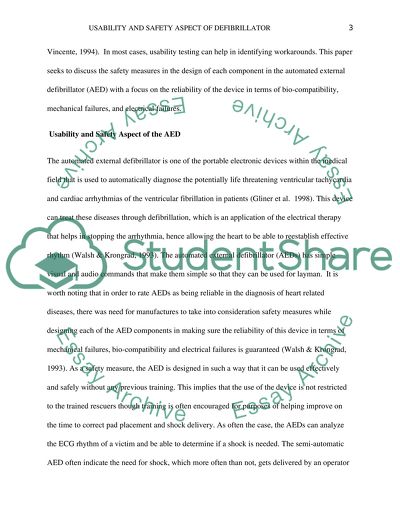Cite this document
(“The Usability and Safety Aspects of the Defibrillator Essay”, n.d.)
Retrieved from https://studentshare.org/design-technology/1477235-the-usability-and-safety-aspects-of-the-defibrillator
Retrieved from https://studentshare.org/design-technology/1477235-the-usability-and-safety-aspects-of-the-defibrillator
(The Usability and Safety Aspects of the Defibrillator Essay)
https://studentshare.org/design-technology/1477235-the-usability-and-safety-aspects-of-the-defibrillator.
https://studentshare.org/design-technology/1477235-the-usability-and-safety-aspects-of-the-defibrillator.
“The Usability and Safety Aspects of the Defibrillator Essay”, n.d. https://studentshare.org/design-technology/1477235-the-usability-and-safety-aspects-of-the-defibrillator.


